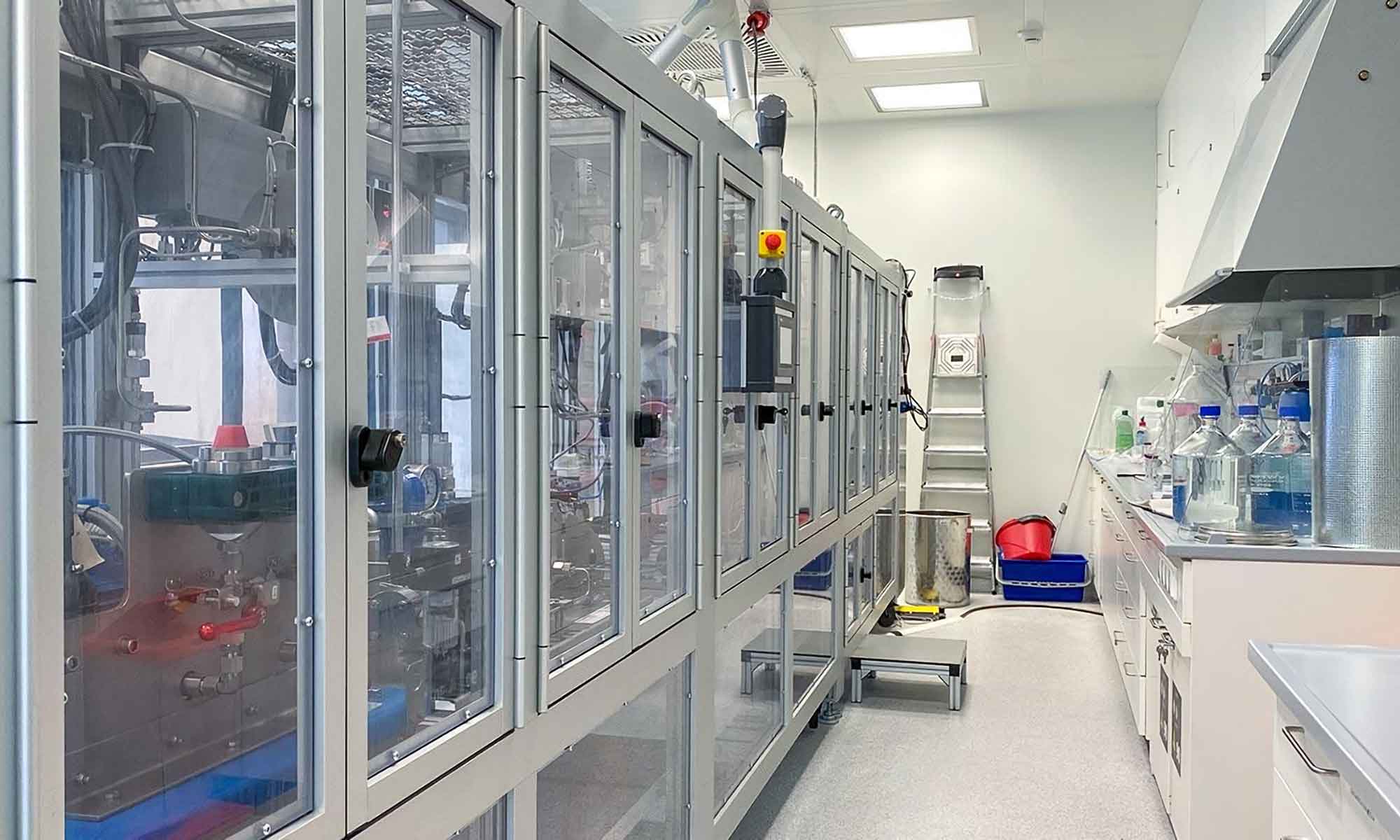In EPI-CES, the Fraunhofer Institute for Interfacial Engineering and Biotechnology IGB in Stuttgart and the Fraunhofer Center for Chemical-Biotechnological Processes CBP in Leuna (both in Germany) investigated an integrated downstream process chain for ingredients from microalgae, in which cell disruption, extraction and separation efficiently coincide.
This used diatoms (so-called diatoms). These single-celled organisms do not excrete the
relevant substances but accumulate them in the interior of the cell, requiring a process to break down the cell and fractionate the cell remains to extract the valuable substances. The energy-efficient pressure exchange technology was chosen here. In this process, the cells are quickly pressurised and relaxed again so that they burst during the process. The ingredients are not damaged in this method and continuous process control is possible.
Profitability
For example, the ‘cell soup’ contains proteins of interest for food and feed. It also contains laminarin, which activates the immune system and could replace antibiotics in animal feed. In crop protection, it could provide protection to crops against fungal diseases instead of fungicides. Finally, there are omega-3 fatty acids, the fatty acid EPA and the anti-inflammatory and weight-lowering pigment fucoxanthin. Lamarin and fucoxanthin alone are high-value fractions that could make the process cost-effective.
The EPI-CES initiative ran from 2018 to 2022 and was co-funded with €1.13 million by the German Federal Ministry of Education and Research, as part of the Biorefineries Technology Initiative. The process has so far only been worked out at lab scale. However, the results are already valuable for estimating how much biomass needs to be processed for a given yield and which purification steps are profitable. How sustainable a process in algae biotechnology ultimately is is strongly determined by the cost of green power.
Read the full article on the website Bioökonomie.de
Image: installation for pressure exchange technology at Fraunhofer IGB



